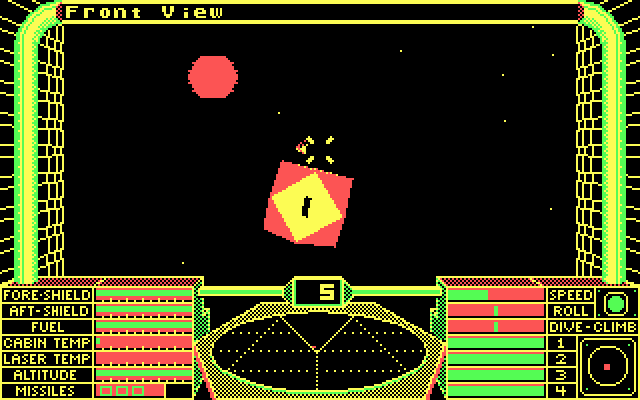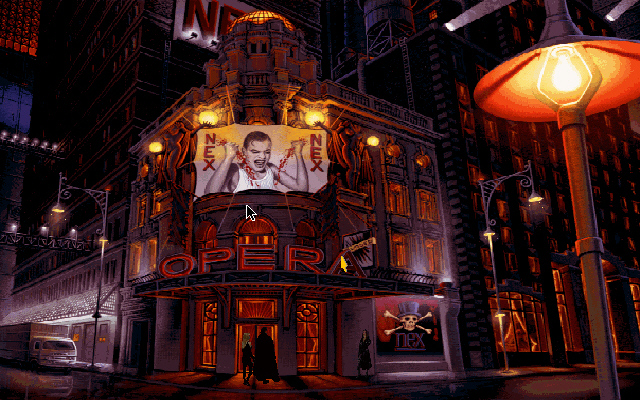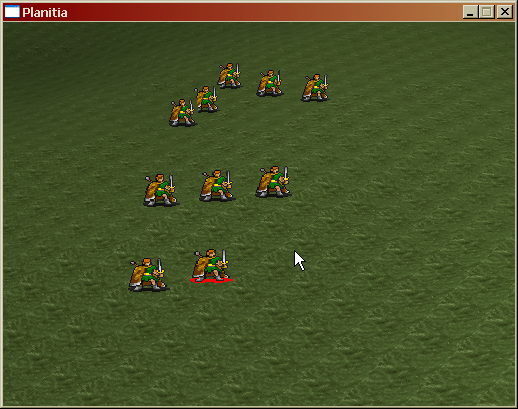The box still will not draw. I have now spent more time drawing a variable-sized box on the screen than I did implementing and debugging the band selection itself.
I hate 3D. I really do. And I don’t hate it because it’s hard or math-intensive. I hate it because it’s undebuggable. Nothing shows up on the screen. Why? You’ve no idea. All you can do is fiddle, fiddle, fiddle with your numbers until something shows up, which hopefully will allow you to figure out what you were doing wrong and where to go from there. But if nothing ever decides to show up? You’re screwed, and that’s where I am right now.
I should have epic armies clashing right now. Instead I’m hung up on drawing a box on the screen. Gah!



